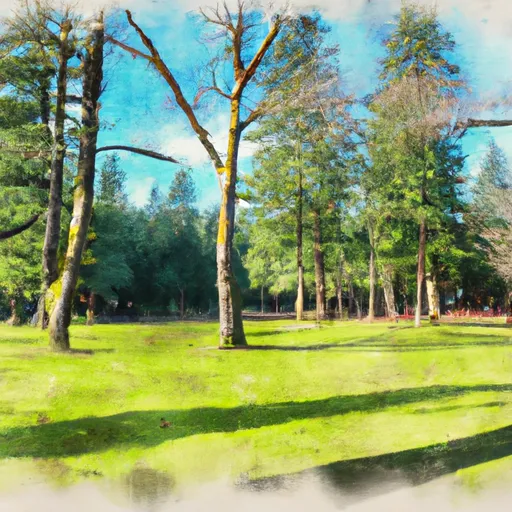Summary
The city experiences a temperate marine climate with mild, wet winters and warm, dry summers. Rainfall is evenly distributed throughout the year, with an annual average of about 40 inches. Winters are cool, with temperatures ranging from 35°F to 45°F, while summers are pleasant and moderately warm, with temperatures ranging from 60°F to 80°F.
Vancouver is blessed with stunning natural beauty due to its close proximity to the Columbia River and the Cascade Range. The city boasts various hydrological features, including the Columbia River Gorge, numerous lakes, and creeks. These water bodies provide opportunities for boating, kayaking, fishing, and swimming.
Outdoor enthusiasts can also explore the magnificent parks and trails in and around Vancouver. The Ridgefield National Wildlife Refuge offers a chance to observe diverse wildlife and bird species. Mount St. Helens National Volcanic Monument, just a short drive away, provides hiking and climbing opportunities amidst breathtaking volcanic landscapes. Moreover, the nearby Gifford Pinchot National Forest is a haven for camping, hiking, mountain biking, and skiing during the winter months.
In conclusion, Vancouver, Washington's moderate climate, hydrological features, and ample outdoor recreation opportunities make it an ideal destination for nature lovers and adventurers alike.
Weather Forecast
Vancouver receives approximately 1028mm of rain per year, with humidity levels near 82% and air temperatures averaging around 12°C. Vancouver has a plant hardyness factor of 8, meaning plants and agriculture in this region tend to thrive here all year round.

 Hidden Park
Hidden Park
 John Ball Park
John Ball Park
 Leverich Park
Leverich Park
 Arnada Park
Arnada Park
 Jorgenson Park
Jorgenson Park